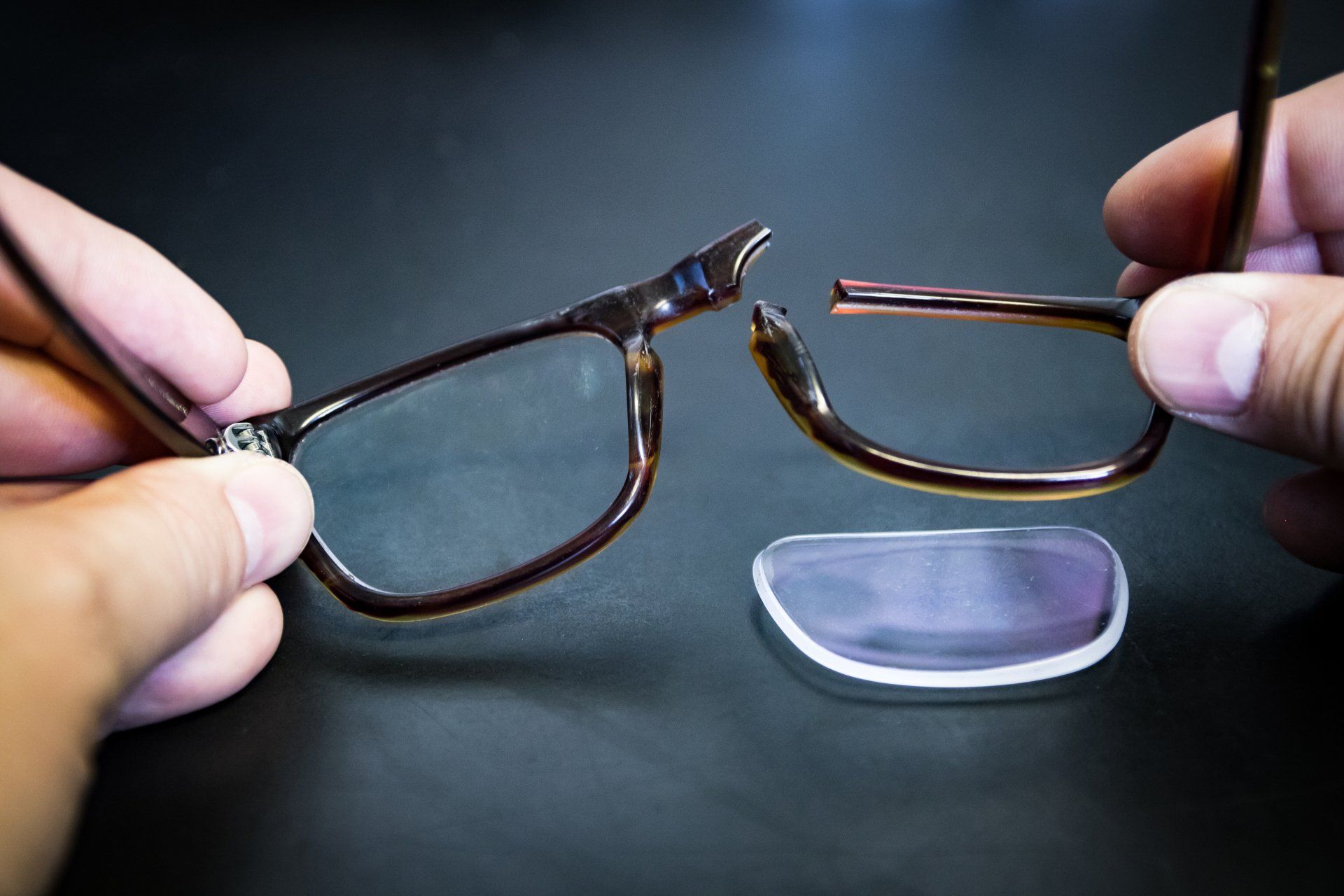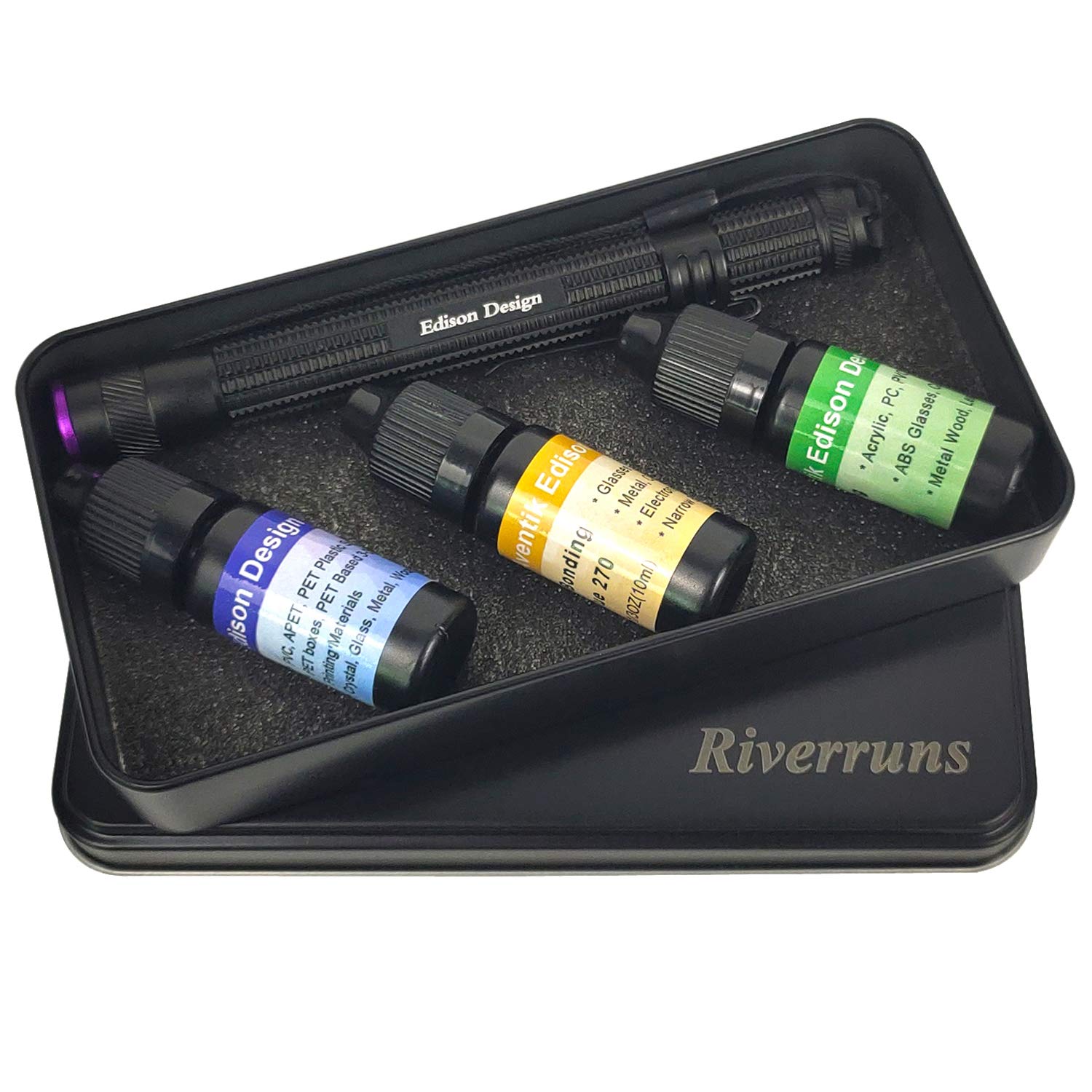It’s a scenario that many glasses wearers may face at some point: a pair of favorite spectacles suddenly breaks. While it’s not a replacement for professional repair, knowing how to glue glasses can be a valuable skill to get you by until you can see an optician. This guide will walk you through the steps to mend your eyewear effectively, safely, and with the right materials.
Understanding Different Types of Glasses Breaks
Glasses can break in several ways. Common issues include snapped arms, broken nose pads, or cracked frames. Each type of break may require a unique approach and understanding the nature of the damage is crucial to finding the right solution.
Identifying the Right Glue for Your Glasses
Not all adhesives are suitable for repairing eyewear. The key is to identify the glue that will work best with the material of your frames. Certain glues are designed for plastic, while others are formulated for metal or mixed materials. It’s essential to choose the right one to ensure a strong and lasting bond.
Best Glue for Glasses Frames
When it comes to mending eyewear, selecting the best glue for glasses frames is vital. The adhesive should be strong, durable, and dry clear for aesthetic purposes. Ideally, it should also set quickly, resist water, and withstand the stress of daily use.
Choosing the Best Glue for Metal Glasses Frames
Metal frames pose a specific challenge due to their material. The best glue for metal glasses frames needs to be capable of bonding to metallic surfaces without causing corrosion or damage. Epoxy glues or specialty cyanoacrylates designed for metal are often recommended by experts.
How to Glue Glasses
Repairing your eyewear involves a delicate process that requires patience and precision. Following the correct steps can make the difference between a seamless fix and a visible repair.
Cleaning the Broken Surfaces
- Start by cleaning any debris or old adhesive from the surfaces to be joined.
- Use a gentle cleaner that won’t damage the lens or frame material.
- Allow the areas to dry completely before proceeding.
Applying the Glue
- Apply a small amount of adhesive to one of the surfaces. Less is often more.
- Carefully align the broken pieces and press them together firmly.
- Wipe away any excess glue immediately before it sets.
Securing the Fix Until It Sets
- Hold the pieces in place for the time specified by the glue manufacturer.
- Use tape or a clamp to keep the repair secure if needed.
- Allow ample time for the glue to cure fully before using the glasses again.
How to Get Super Glue Off Glasses
Accidentally getting super glue on glasses during the repair process can be frustrating, but it’s not irreversible. With the right approach, you can remove unwanted glue without causing additional damage.
Removing Super Glue from Plastic Lenses
To remove super glue from plastic lenses, it’s important to use a method that won’t scratch or cloud the material. Gentle solvents like isopropyl alcohol can be effective, but always test a small area first. Apply the solvent with a soft cloth and rub gently until the glue lifts.
How to Get Super Glue Off Eye Glasses
If super glue has adhered to the glass part of your eyewear, you’ll need a different approach. Soaking the affected area in warm, soapy water can soften the adhesive. Using a plastic razor blade or a similar tool can help peel the glue away without scratching the lens.
Additional Tips and Tricks
There are additional insights that can enhance the longevity of your repair and even prevent future damage to your glasses.
How to Prevent Future Breaks
Preventing future breaks can be as simple as handling your glasses carefully and storing them in a protective case. Regularly tightening screws and inspecting for signs of wear can also help you catch issues before they lead to a break.
When to Seek Professional Help
While DIY fixes can be handy, some situations warrant professional attention. If the damage is severe or the break is at a critical stress point, an optician’s expertise may be necessary to ensure the structural integrity and safety of the eyewear.
Warnings and Precautions
When undertaking any DIY repair, it’s crucial to proceed with caution and be aware of the potential risks.
Handling Super Glue Safely
Super glue is strong and fast-acting, which makes it useful but also hazardous if not handled properly. Always use it in a well-ventilated area, wear protective gloves, and keep it away from skin and eyes.
Understanding the Risks of DIY Repairs
DIY repairs can sometimes compromise the fit and function of your glasses. Be aware that a poor repair can affect your vision or even cause the glasses to break again under stress. If you’re unsure about a repair, consult a professional.
Conclusion
Repairing broken glasses at home can be a temporary solution to extend the life of your eyewear. By choosing the proper adhesive, carefully applying it, and practicing safe removal techniques, you can tackle minor repairs with confidence. Remember, when in doubt, seeking professional help is the best course of action for the longevity and safety of your glasses.
If you’re a DIY enthusiast or just looking to make quick repairs at home, you might find our guides very helpful. For those dealing with broken eyewear, our article on how to glue glasses can be a lifesaver. But why stop there? Learn more about fixing your favorite footwear with our tutorials on how to glue shoes and specifically how to glue Converse shoes. These step-by-step guides will have you repairing like a pro in no time!
References
For further reading and detailed tutorials, consider consulting manufacturers’ guidelines on adhesives, optometry care websites, and instructional videos by eyewear professionals.



